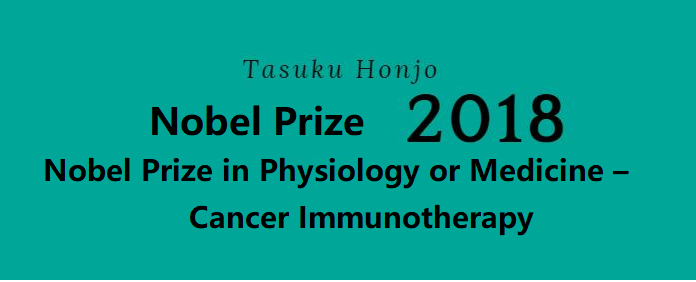Nobel Prize in Medicine-Cancer Immunotherapy

Identify immune system signals to suppress and focus on attacking tumors
The 2018 Nobel Prize in Physiology or Medicine was awarded to James P. Allison of The University of Texas M. D. Anderson Cancer Center (UT MDA) and Tasuku Honjo of Kyoto University, Japan. (Tasuku Honjo) shared the award, and the reason for winning the award was the invention of “cancer immunotherapy by inhibiting the negative regulation of immune function.”
immune checkpoint
The main function of the immune system is to protect the human body from invasion by foreign microorganisms. The key process lies in how to identify and distinguish “self” and “non-self” molecules, thereby promoting the activation of important T lymphocytes. The T cell activation process relies on antigen presenting cells to digest and reassemble the antigen into a form that can be recognized by T cells, and is precisely regulated by molecules on T cells and antigen presenting cells, and these molecules are It’s called an immune checkpoint.

Some of these molecules promote T cell activation and stimulate the occurrence of immune responses to ensure that the immune system is sufficient to fight invading pathogens; some inhibit activation signals and play a suppressive role to avoid excessive activation of the immune system and the risk of tissue damage. . In fact, immune checkpoints are often regarded as inhibitory regulatory molecules in the immune system, transmitting inhibitory signals when immune responses occur to avoid or reduce tissue damage and maintain self-tolerance without affecting the own tissue cells. ).
Figure 1: Schematic diagram of T cells involved in anti-tumor immunity in the tumor environment and immune checkpoint therapy. Shows interactions between CD28, CTLA-4, and PD-1 on T cells and ligands on antigen-presenting cells and tumors. In the presence of CTLA-4 antibodies and PD-1 (PD-L1) antibodies, signals that inhibit T cell activation are blocked, which in turn enhances T cell activation and subsequently enhances the anti-tumor immune response.
In 1995, Allison’s research discovered that cytotoxic T-lymphocyte-associated protein 4 (CTLA-4) can inhibit T cell activation, and proved that antibodies to CTLA-4 can block and inhibit T cell activation. The message transmission causes T cells to activate and kill cancer cells. Professor Tasuku Honjo discovered in 1992 that programmed cell death protein 1 (PD-1) is located on T cells. When its message is transmitted, it induces a programmed cell death response and confirmed its role in tumors. It plays a key role in evading poisoning mechanisms. Antibody drugs for the above two have been successively developed, and clinical trials have proven that the use of anti-CTLA-4 antibodies and anti-PD-1 antibodies alone or in combination can kill cancer cells, treat cancer, and significantly extend the lives of some patients. The two also won the first Tang Prize Biotechnology and Medicine Award established by Dr. Yin Yanliang in 2014 for leading cancer treatment into a new era.


